
Mozambique Animals
Follow the Trail of Wild Nature – Nature Tourism in Mozambique
Mozambique, a country blessed with a diverse range of ecosystems, from coastal plains to dense forests and expansive wetlands, is a haven for a wide variety of wildlife. It is home to an impressive array of animals, both large and small, that captivate the hearts of nature enthusiasts and wildlife lovers.
Embark on a journey through the fascinating world of animals that call Mozambique home. From the majestic African elephants that roam the vast savannas to the graceful leopards that prowl through the dense woodlands. Witness the playful frolics of the bottlenose dolphins along the pristine coastline and the mesmerizing sight of humpback whales breaching in the warm waters of the Indian Ocean. Mozambique is also a birdwatcher's paradise, with an abundance of avian species including the vibrant lilac-breasted roller and the striking African fish eagle, adding a symphony of colors to the country's skies.
Mammals of Mozambique
In the diverse ecosystems of Mozambique, one can encounter a fascinating array of mammals that captivate the interest of wildlife enthusiasts. The African bush elephant, the largest land mammal, roams the savannas and woodlands, while the elusive leopard stealthily navigates both the dense forests and open country. The African buffalo, a member of the Big Five, can be seen grazing in herds, often near water sources. Mozambique's coastline and the Bazaruto Archipelago provide a sanctuary for the rare dugong, a marine mammal closely related to manatees. Additionally, the country's protected areas, such as Gorongosa National Park and Niassa Reserve, are havens for lions, hippos, and a variety of antelope species, including the graceful impala and the towering sable antelope, showcasing the rich tapestry of Mozambique's mammalian wildlife.
Birds of Mozambique
Mozambique, with its diverse habitats ranging from coastal areas to savannas, is a haven for bird enthusiasts. The country is home to the resplendent African fish eagle, known for its haunting calls and regal appearance, often spotted soaring above water bodies. In the lush Gorongosa National Park, one might glimpse the vibrant colors of the lilac-breasted roller, Mozambique's national bird, or hear the distinctive hoot of the Verreaux's eagle-owl, the largest owl in the region. Along the Zambezi River, the rare and elusive African skimmer can be seen gracefully skimming the water's surface. Birdwatchers can also marvel at the large colonies of pink-backed pelicans and the flamboyant display of the southern carmine bee-eater, adding a burst of color to the Mozambican skies.
Reptiles
Top Spots for Wildlife Observation in Mozambique
- Gorongosa National Park, situated at the southern end of the Great African Rift Valley, is a biodiversity hotspot where you can encounter a plethora of wildlife. The park is home to large herbivores such as African buffalo, waterbuck, and impala, which graze on the vast floodplains. Predators like lions and leopards roam the savannas, while African wild dogs can occasionally be spotted. The park's birdlife is also rich, with species like the African fish eagle and the southern ground hornbill.
- Niassa Reserve, in the remote northern region of Mozambique, is one of Africa's largest protected areas. This wild and largely untouched landscape is a stronghold for the African elephant and also hosts significant populations of Cape buffalo, sable antelope, and Lichtenstein's hartebeest. The elusive leopard prowls the woodlands, and the endangered African wild dog roams the miombo forests. The reserve is also a haven for bird enthusiasts, with the endemic and near-endemic species such as the Niassa wildebeest and Boehm's zebra.
- Bazaruto Archipelago National Park, a marine reserve in the Indian Ocean, offers a different kind of wildlife experience. The clear waters around the islands are home to an array of marine life, including dugongs, several species of dolphins, and humpback whales during their migration season. The coral reefs teem with colorful fish, while green and hawksbill turtles can be seen on the sandy beaches.
- Zinave National Park, located in the Inhambane Province, is undergoing a rewilding process to restore its wildlife populations. The park is becoming a sanctuary for species such as the blue wildebeest, zebra, and giraffe, which are being reintroduced. Predators like lions are also making a comeback, and the park's rivers and wetlands attract hippos and crocodiles.
- Maputo Special Reserve, close to the capital city of Maputo, is a unique blend of coastal forest and wetlands. The reserve is known for its population of elephants and also provides habitat for reedbuck, red duiker, and suni. The lakes and wetlands within the reserve are a paradise for water birds, including flamingos and pelicans.
- Limpopo National Park, part of the Great Limpopo Transfrontier Park, which also includes South Africa's famous Kruger National Park, is a growing conservation area. The park is home to a variety of species such as elephants, giraffes, and zebras. Predators like lions and spotted hyenas are present, and the park's birdlife is diverse, with species such as the martial eagle and saddle-billed stork.
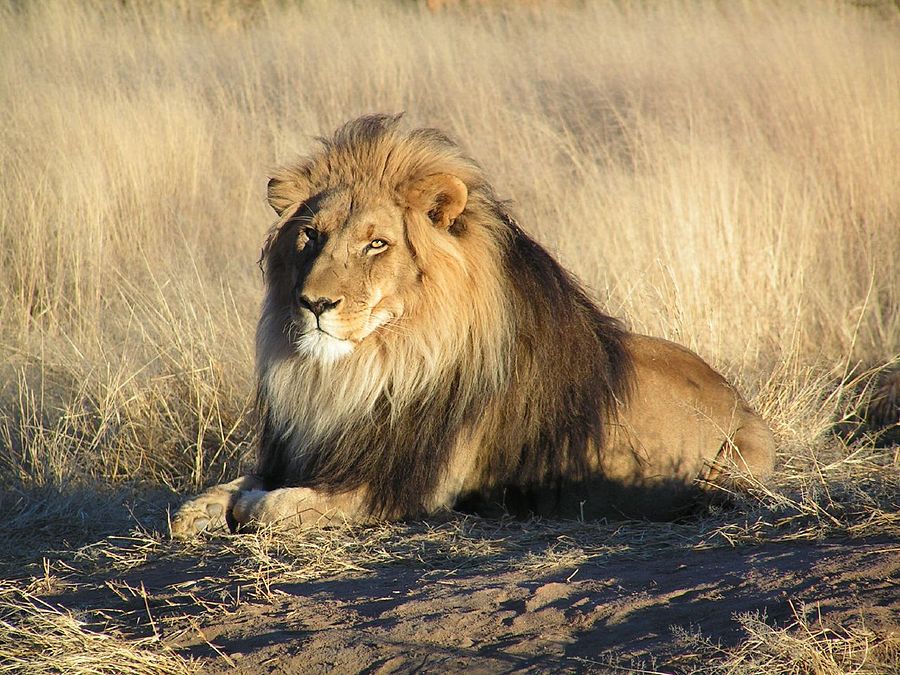
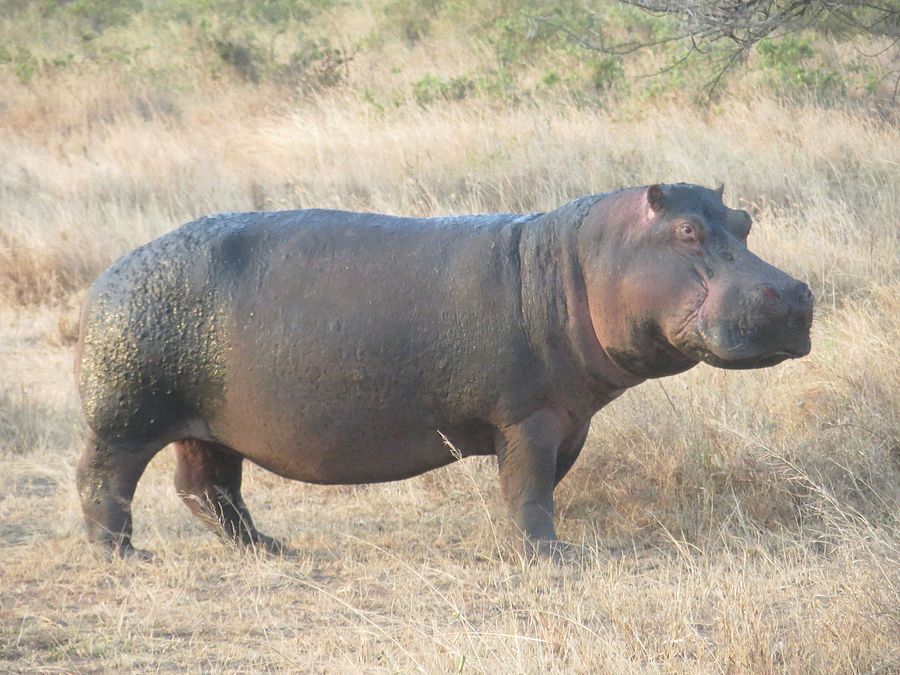
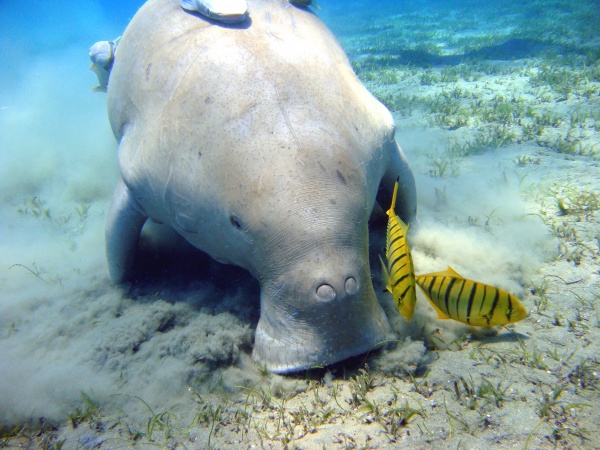
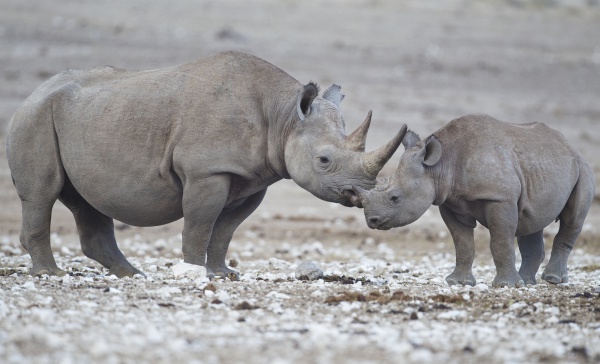
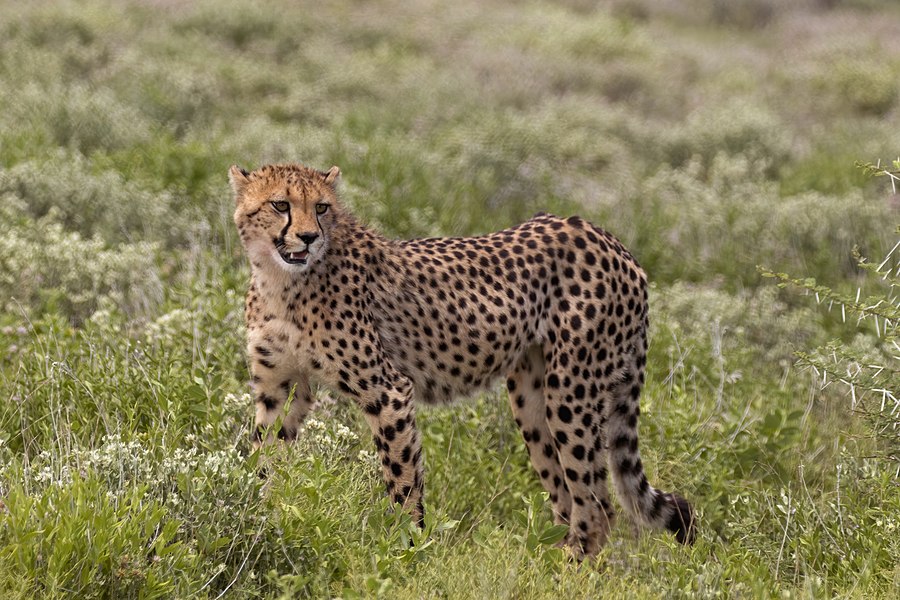
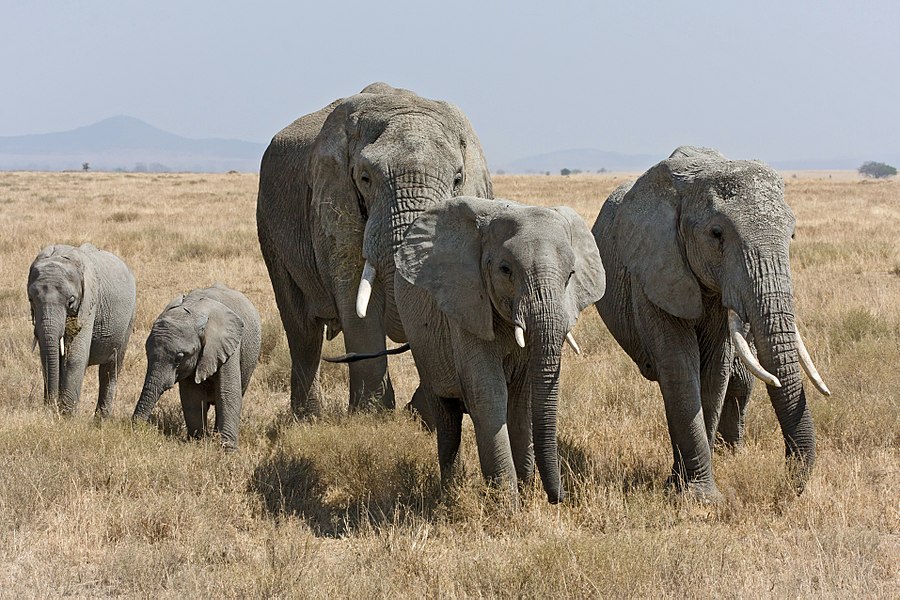
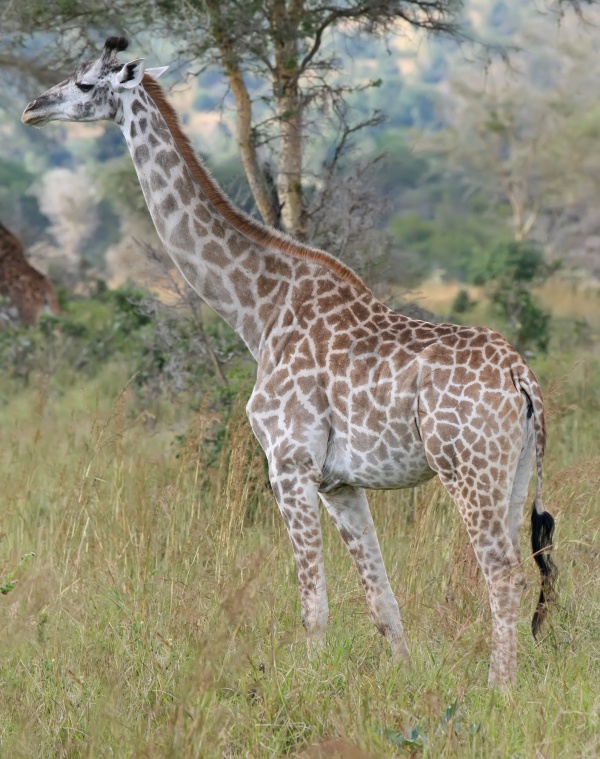
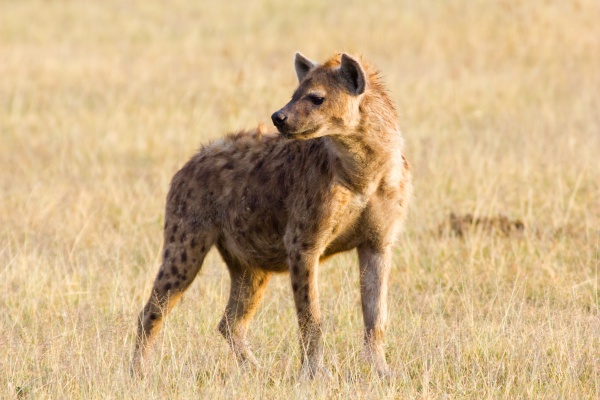
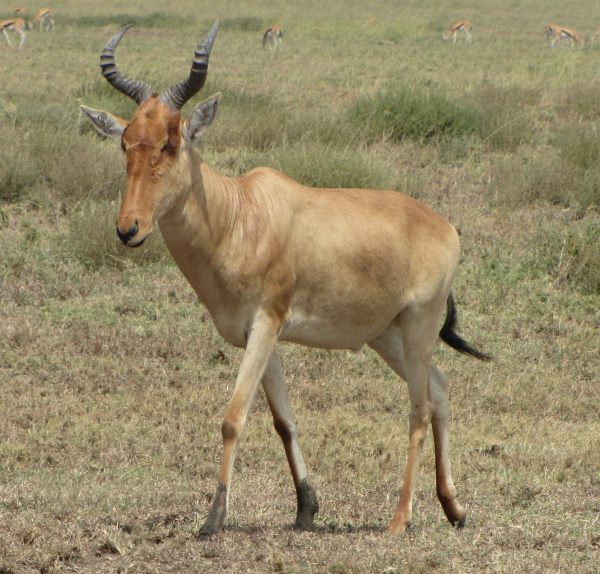
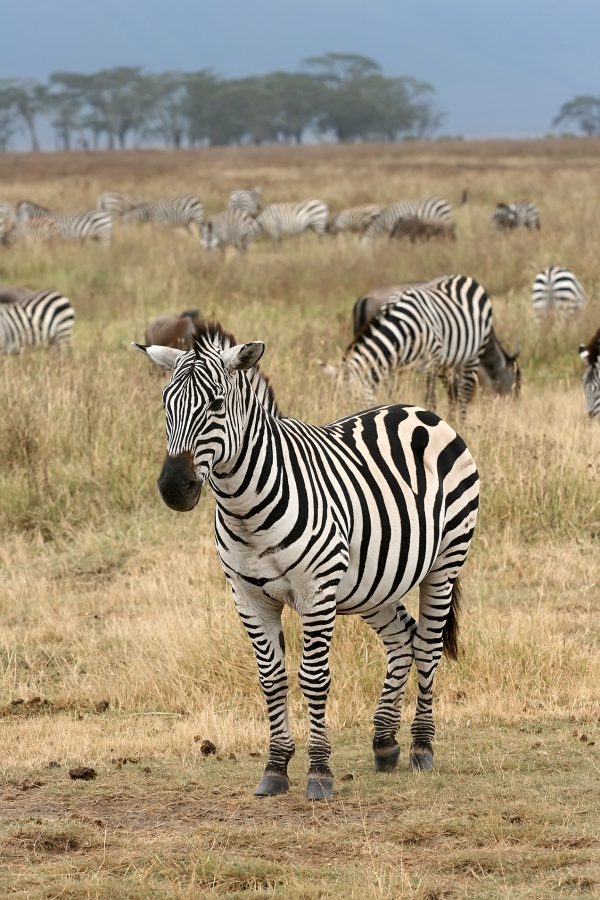
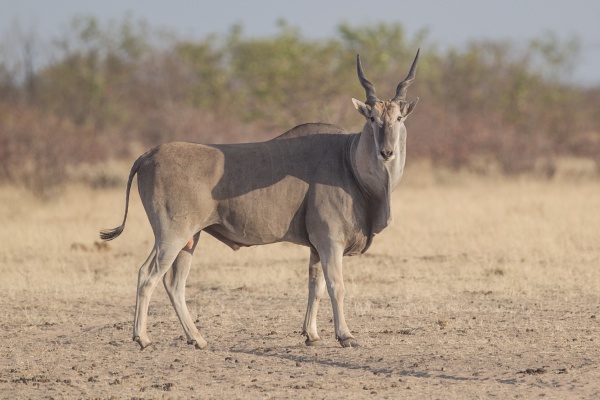
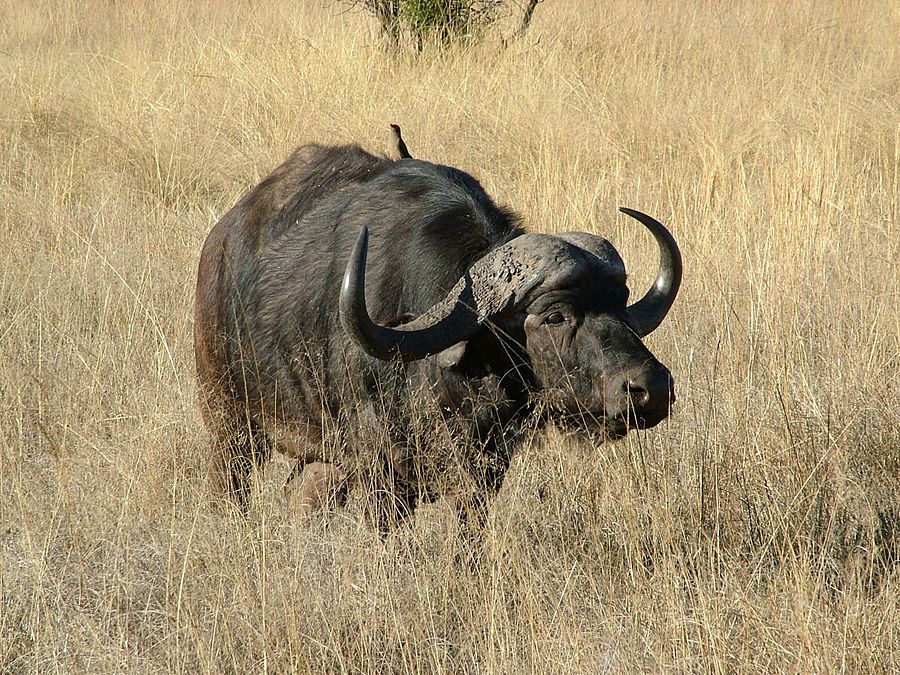
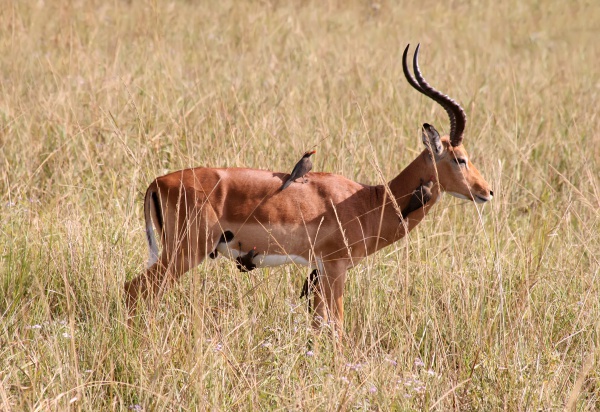
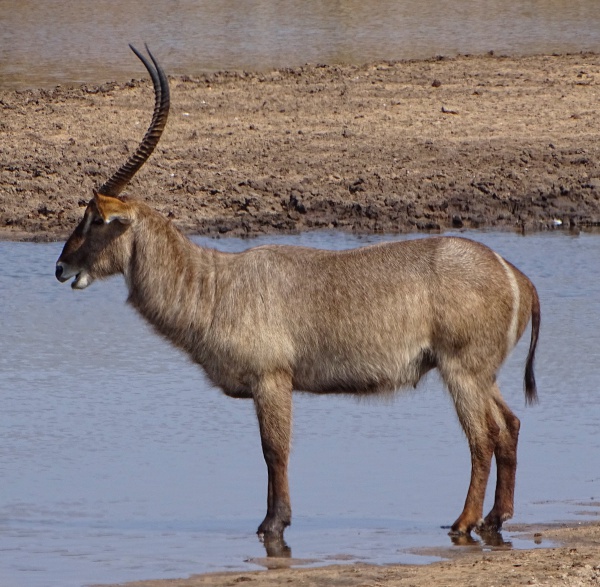
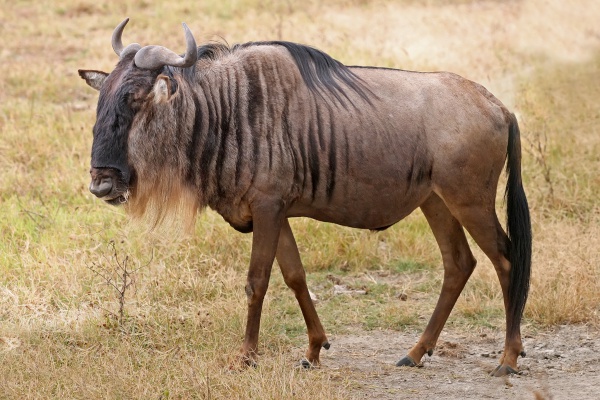
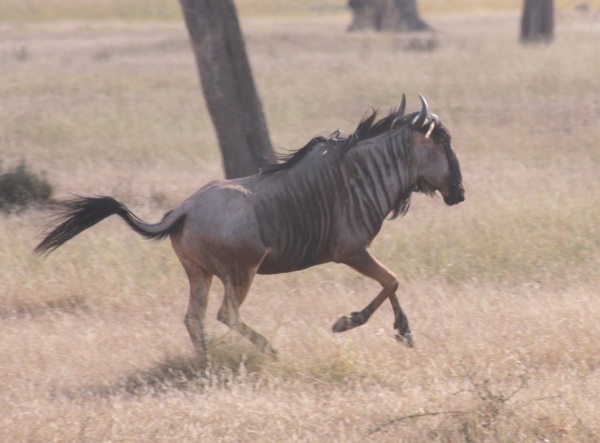
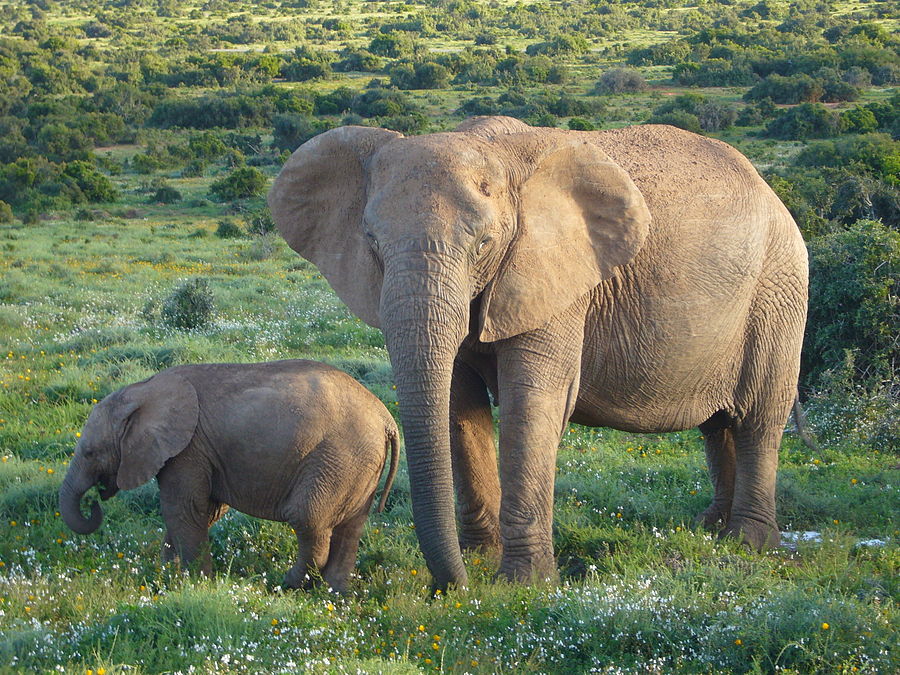
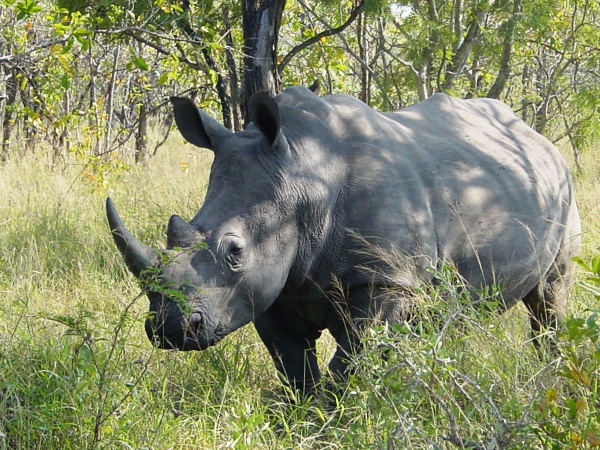
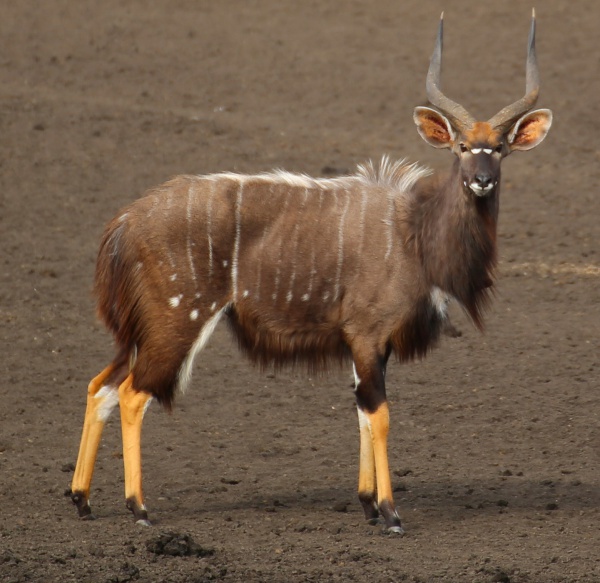
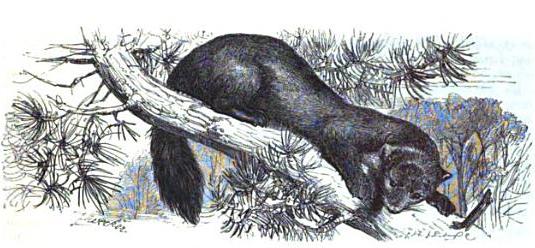
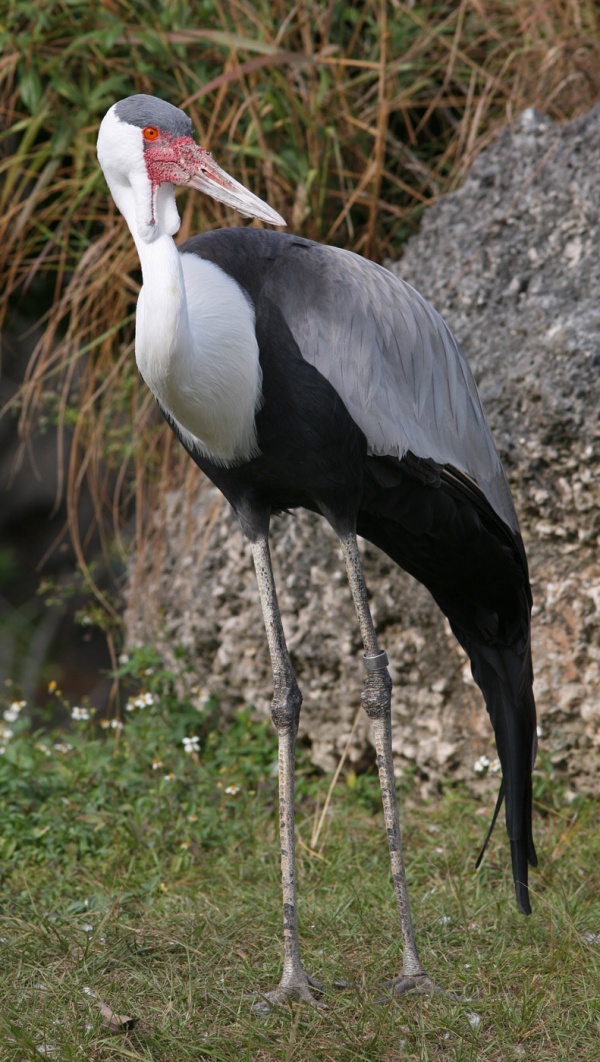
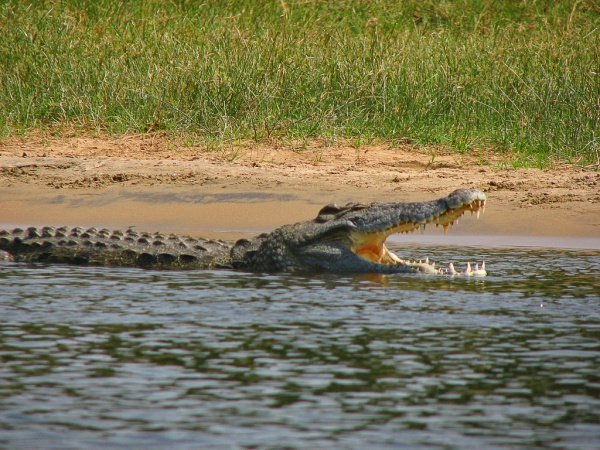
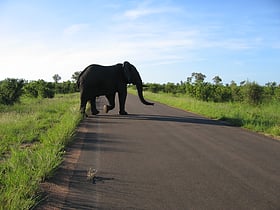
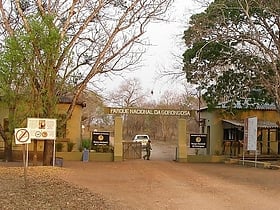
 Zimbabwe
Zimbabwe